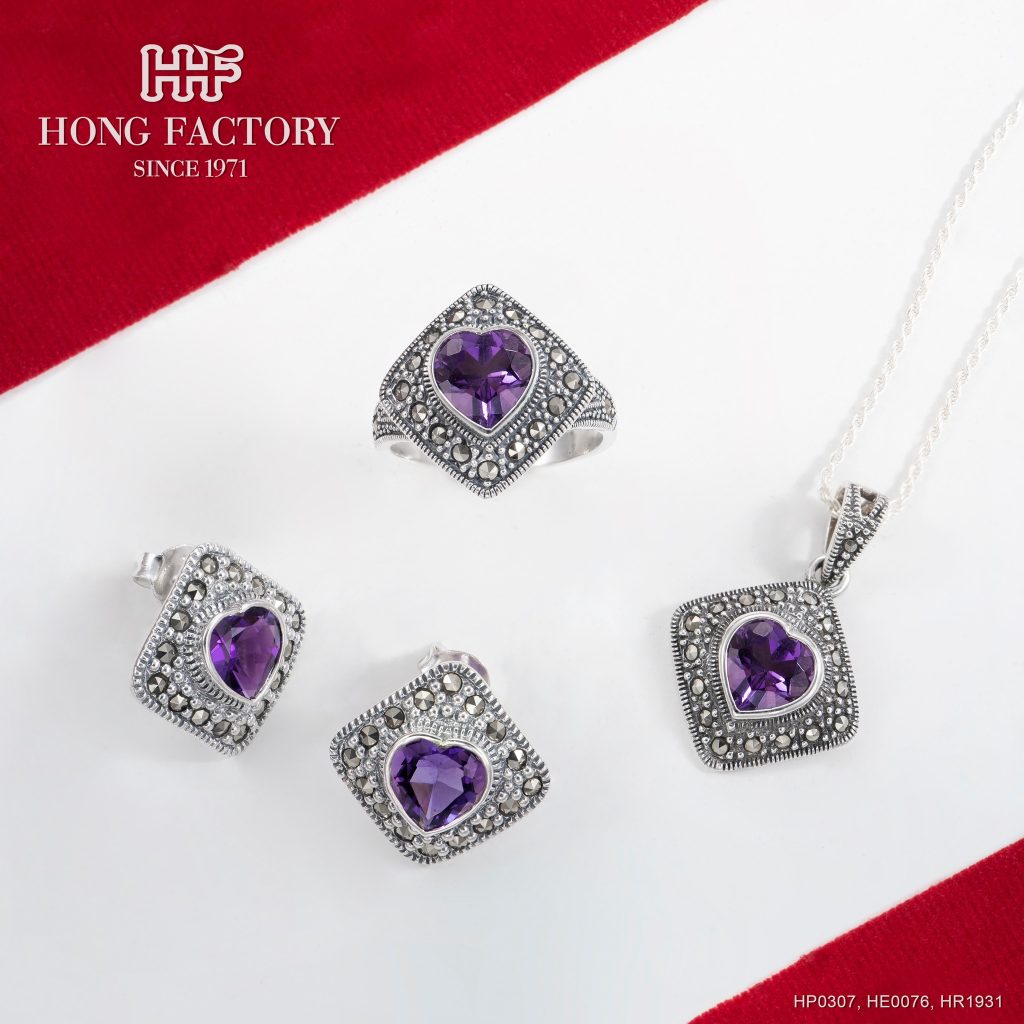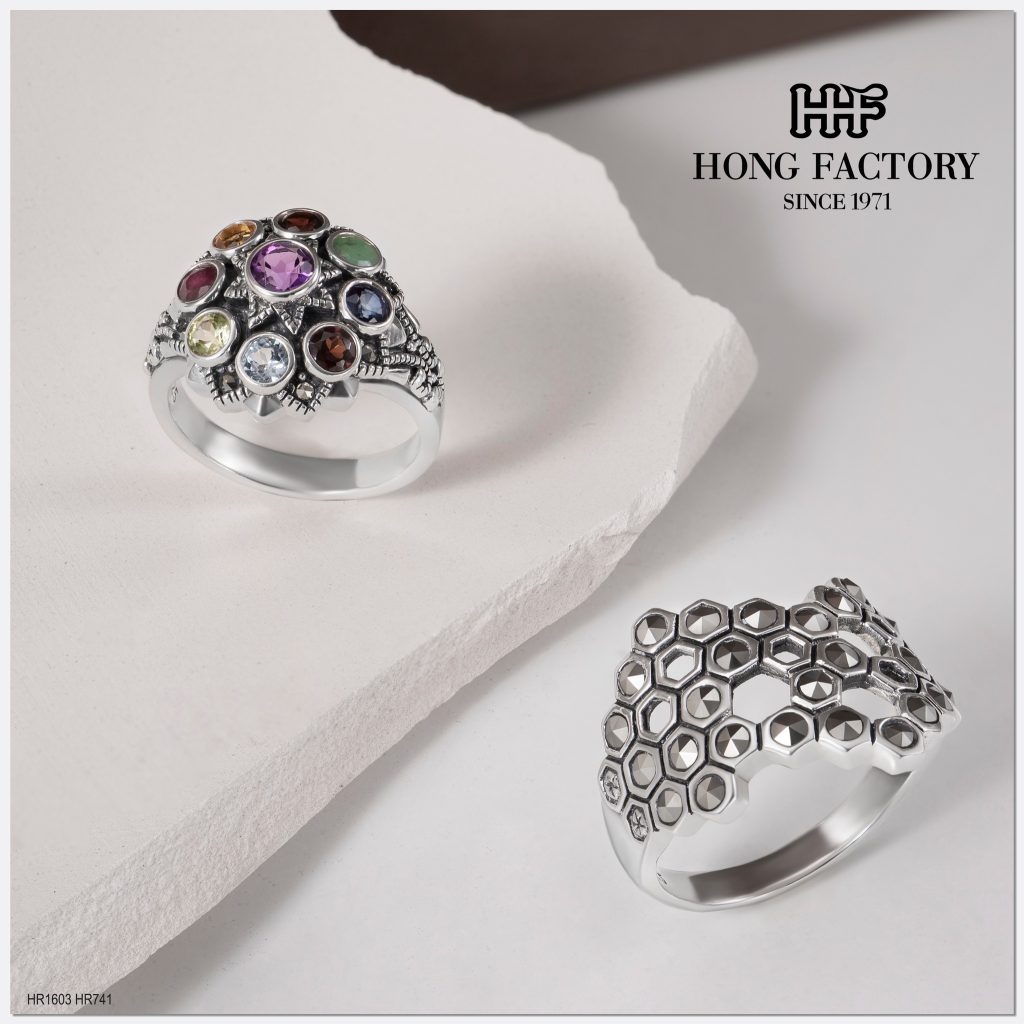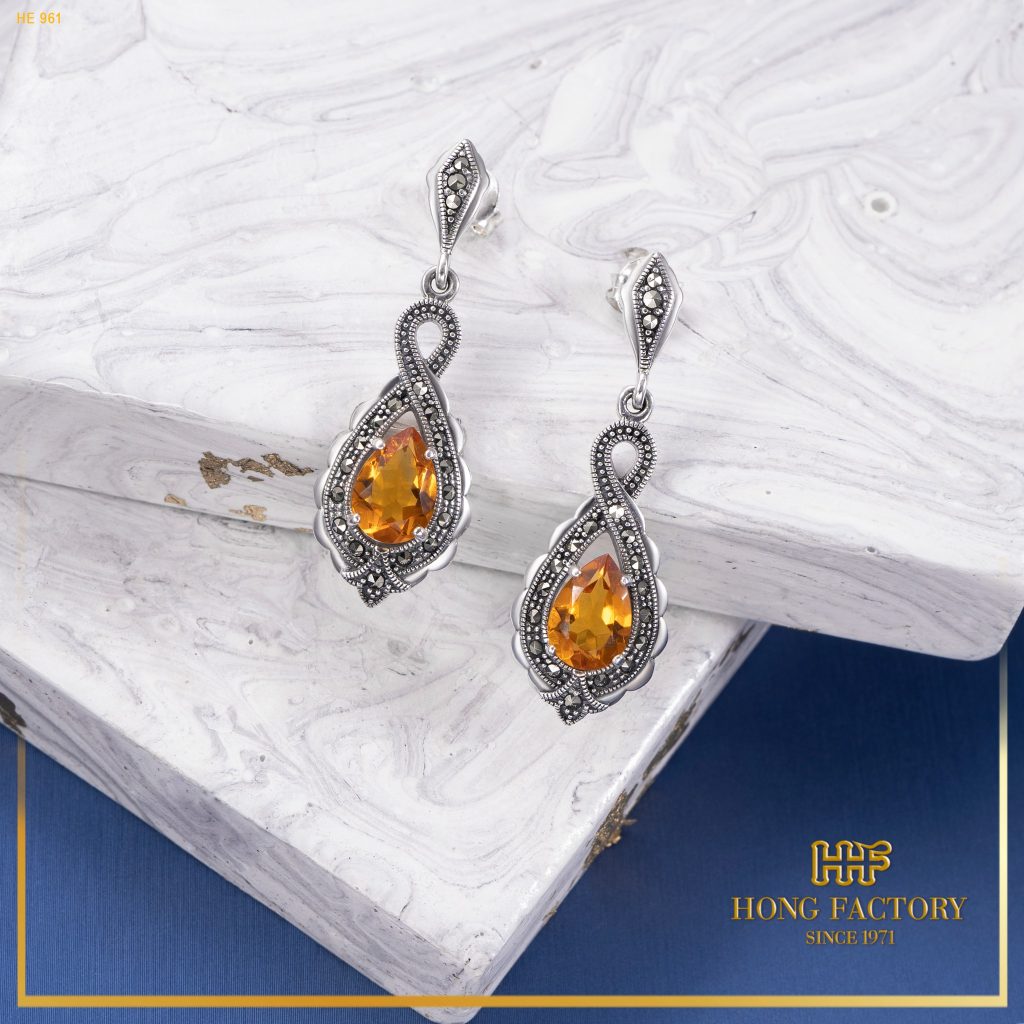Birthstones are gems that are associated with each month of the year, representing different meanings and symbols. Birthstone jewelry, especially rings, are a popular way to celebrate birthdays, anniversaries, or other special occasions. Birthstone rings for women come in various designs, materials, and price ranges. In this article, we will explore the history, meaning, and style of birthstone rings for women, and how to choose the perfect one for yourself or your loved ones.
History of Birthstone Rings
The concept of birthstones dates back to ancient civilizations, such as the Babylonians, Greeks, and Romans, who believed that gemstones had magical powers and were associated with the zodiac signs and planets. The first official list of birthstones was created by the National Association of Jewelers in 1912, and it has been updated over time. Today, birthstones are recognized globally and have become a popular trend in jewelry design.

The Meaning and Symbolism of Birthstones
Each birthstone has a unique meaning and symbolism, which can vary by culture and tradition. For example, January’s birthstone, garnet, is believed to bring peace, prosperity, and good health, while February’s birthstone, amethyst, symbolizes clarity, calmness, and protection from negative energies. Other popular birthstones include diamond, emerald, ruby, sapphire, and topaz, each with its own history and lore.
Types of Birthstones
There are four main categories of birthstones: traditional, modern, mystical, and Ayurvedic.
Traditional Birthstones
Traditional birthstones are based on the old custom of assigning a gemstone for each month of the year. These stones are often linked to the zodiac signs, planetary influences, and ancient beliefs. The traditional birthstones are as follows:
- January: Garnet
- February: Amethyst
- March: Aquamarine
- April: Diamond
- May: Emerald
- June: Pearl or Alexandrite
- July: Ruby
- August: Peridot
- September: Sapphire
- October: Opal or Tourmaline
- November: Topaz or Citrine
- December: Turquoise or Tanzanite
Modern Birthstones
Modern birthstones were introduced by the American National Association of Jewelers in 1912, to provide alternatives to the traditional birthstones. Birthstone Ring These stones are chosen for their beauty, rarity, and popularity, rather than their historical significance. The modern birthstones are:
- January: Garnet
- February: Amethyst
- March: Bloodstone or Aquamarine
- April: Diamond
- May: Emerald or Chrysoprase
- June: Pearl, Moonstone, or Alexandrite
- July: Ruby or Carnelian
- August: Peridot or Sardonyx
- September: Sapphire or Lapis Lazuli
- October: Opal or Pink Tourmaline
- November: Topaz or Citrine
- December: Turquoise, Blue Topaz, or Tanzanite
Mystical Birthstones
Mystical birthstones are associated with ancient or mystical traditions, such as Hindu astrology, Tibetan birthstones, or Roman talismans. These stones are believed to possess spiritual or healing properties. The mystical birthstones are:
- January: Emerald or Garnet
- February: Amethyst or Bloodstone
- March: Aquamarine or Jade
- April: Diamond or Clear Quartz
- May: Emerald or Chrysoprase
- June: Pearl or Moonstone
- July: Ruby or Carnelian
- August: Peridot or Sardonyx
- September: Sapphire or Agate
- October: Tourmaline or Jasper
- November: Citrine or Labradorite
- December: Turquoise or Malachite
Ayurvedic Birthstones
Ayurvedic birthstones are based on the ancient Indian system of Ayurveda, which uses gemstones for healing and balancing the body’s energy centers, or chakras. These stones are chosen according to the person’s birth chart and Ayurvedic constitution. The Ayurvedic birthstones are:
- January: Garnet or Ruby
- February: Amethyst or Blue Sapphire
- March: Aquamarine or Bloodstone
- April: Diamond or White Sapphire
- May: Emerald or Green Onyx
- June: Pearl or Moonstone
- July: Ruby or Red Coral
- August: Peridot or Yellow Sapphire
- September: Sapphire or Lapis Lazuli
- October: Opal or Tourmaline
- November: Topaz or Citrine
- December: Turquoise or Blue Sapphire

Choosing the Right Birthstone Ring
When choosing a birthstone ring, there are several factors to consider, such as personal style, birthstone color and meaning, cut and setting, and material.
Personal Style and Taste
The first thing to consider is your personal style and taste. Do you prefer classic, modern, or vintage designs? Do you like bold or delicate rings? What metal do you like, such as gold, silver, or platinum? Do you want a ring that can be worn daily or for special occasions only? Answering these questions can help you narrow down your options and find a ring that suits your personality.
Birthstone Colors and Meanings
The color and meaning of the birthstone can also influence your choice. For example, if you want a ring that represents love and passion, you can choose a ruby or garnet. If you want a ring that symbolizes purity and innocence, you can choose a pearl or diamond. If you want a ring that promotes healing and balance, you can choose an amethyst or aquamarine. You can also consider the recipient’s favorite color or birthstone if you’re buying a gift.
Birthstone Cuts and Settings
The cut and setting of the birthstone can affect its brilliance, sparkle, and durability. There are various cuts to choose from, such as round, princess, emerald, cushion, or pear-shaped. The setting can be prong, bezel, pave, or channel, depending on the style and security. Some birthstones, such as opals or emeralds, are more fragile and require extra care in cutting and setting.
Birthstone Ring Materials
The material of the ring can also impact its quality, value, and comfort. Gold is a popular choice for birthstone rings, as it comes in different colors and karats, such as yellow, white, rose, or 14k, 18k, or 24k. Gold is durable, lustrous, and easy to work with, but can be expensive and require maintenance. Silver is another option for birthstone rings, as it is affordable, versatile, and hypoallergenic, but can tarnish or scratch easily. Platinum is a premium choice for birthstone rings, as it is rare, durable, and hypoallergenic, but can be heavy and costly. Other materials, such as titanium, tungsten, or stainless steel, can also be used for birthstone rings, but may have limited design options or gemstone compatibility.
Conclusion
Birthstone rings for women are a timeless and meaningful jewelry piece that celebrates their birth month and personality. Whether you choose a traditional, mystical, or Ayurvedic birthstone, the ring can serve as a talisman, a reminder, or a fashion accessory. By considering the personal style, birthstone color and meaning, cut and setting, and material, you can find the perfect birthstone ring that suits your or your loved one’s taste and budget.
This entry was posted in Jewelry Blog and tagged 925 rings wholesale, silver 925, wholesale.
